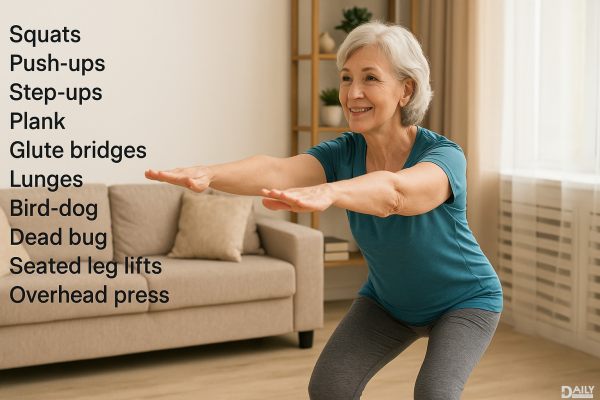If you're looking to boost your cardio game without burning out, Zone 2 heart rate training is where it's at. This sweet spot keeps you working hard enough to see real improvements in endurance and fat burning, but not so hard that you're gasping for air after five minutes. The trick is finding your personal Zone 2—because let's be real, a one-size-fits-all approach doesn't cut it when it comes to fitness.

Zone 2 is that Goldilocks zone—not too easy, not too hard. It's typically defined as 60-70% of your maximum heart rate, where you can hold a conversation but still feel like you're putting in work. The magic of Zone 2 lies in its ability to improve aerobic efficiency, meaning your body gets better at using oxygen and burning fat for fuel. Unlike high-intensity workouts that leave you wrecked, Zone 2 sessions are sustainable, making them perfect for building a solid cardio foundation without frying your nervous system.
Think of Zone 2 as the tortoise in the race—slow and steady wins the endurance game. Training in this zone increases mitochondrial density (those little energy factories in your cells), improves capillary networks (better blood flow = more oxygen delivery), and teaches your body to tap into fat stores for fuel. Plus, because it's low-impact on your joints and stress levels, you can do it more frequently without burning out. It's the ultimate hack for long-term fitness gains without the burnout.
Forget generic formulas—your Zone 2 is as unique as your playlist. The most accurate way to find it? A lactate threshold test (fancy, but worth it). No access to a lab? No sweat. The talk test works: if you can speak in short sentences but not belt out your favorite song, you're probably in the right range. Another method is using the 180-minus-age formula (then adjusting based on fitness level), but remember, these are starting points—listen to your body and tweak as needed.
Zone 2 isn't just for runners—you can hit it cycling, swimming, rowing, even brisk walking. The key is consistency: aim for 3-5 sessions weekly, 30-90 minutes each. No time? Stack it with your day—walking meetings, bike commutes, or even dancing while cooking count. Tech can help (heart rate monitors are clutch), but don't get obsessed with numbers. Some days you'll feel stronger than others, and that's normal. The goal is sustainable progress, not perfection.
Biggest rookie mistake? Going too hard and slipping into Zone 3. Ego is the enemy here—if you're breathing heavy, dial it back. Another pitfall is skipping the warm-up; your body needs time to shift into fat-burning mode. And don't neglect hydration—even though you're not sweating buckets, proper fluid intake keeps your system humming. Lastly, be patient. Zone 2 benefits compound over months, not days. Trust the process.
Zone 2 training might not give you that instant gratification of a killer HIIT session, but it's the secret sauce for next-level endurance. By finding your personal sweet spot and sticking with it, you're building an aerobic engine that'll serve you for years—whether you're training for a marathon or just want to keep up with your kids. So slow down to speed up, and let Zone 2 work its magic.
























